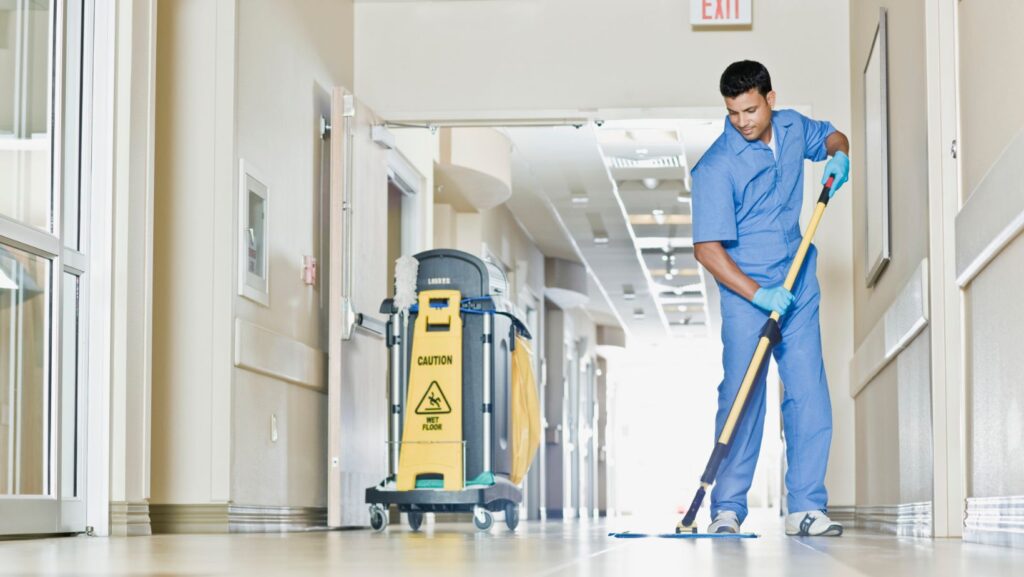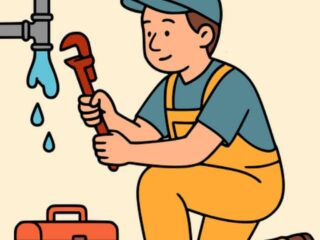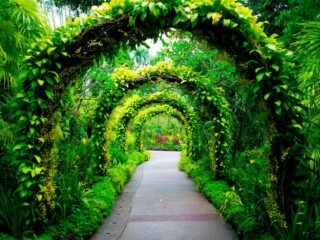
Clean-in-place (CIP) systems are revolutionizing hygiene practices in hospitals, offering a streamlined approach to maintaining cleanliness in medical environments. These automated cleaning systems allow for thorough sanitization of equipment and facilities without the need for disassembly, saving valuable time and resources. Clean-in-place (CIP) systems significantly enhance efficiency and hygiene in hospitals by reducing manual labor, minimizing human error, and ensuring consistent cleaning results.
CIP technology utilizes specialized cleaning solutions, high-pressure sprays, and precise timing to effectively remove contaminants from surfaces and equipment. This automated process not only improves the overall cleanliness of hospital facilities but also helps prevent the spread of infections and diseases. By implementing CIP systems, hospitals can maintain higher standards of hygiene while optimizing their operational processes.
The adoption of Clean-in-place (CIP) system technology in healthcare settings represents a significant step forward in infection control and patient safety. As hospitals strive to meet increasingly stringent cleanliness standards, CIP systems offer a reliable and efficient solution to maintain optimal hygiene levels throughout medical facilities.
Key Takeaways
- CIP systems automate cleaning processes, reducing manual labor and human error.
- Improved hygiene standards help prevent the spread of infections in hospital environments.
- Implementation of CIP technology optimizes operational efficiency in healthcare facilities.
Understanding CIP Systems in Hospital Environments
Clean-in-place (CIP) systems revolutionize cleaning processes in hospital settings. These automated systems enhance efficiency, safety, and hygiene standards while minimizing human intervention.
Fundamentals of Clean-in-Place Technology
CIP technology allows for cleaning equipment without disassembly. It uses a combination of water, detergents, and disinfectants circulated through pipes, tanks, and other components. The process typically involves pre-rinse, cleaning, intermediate rinse, sanitization, and final rinse stages.

CIP systems maintain consistent cleaning parameters like temperature, chemical concentration, and contact time. This ensures thorough cleaning of hard-to-reach areas in medical equipment and piping systems.
Automated controls monitor and adjust these parameters in real-time. This precision leads to more effective cleaning compared to manual methods.
Advantages of CIP over Manual Cleaning
CIP systems offer significant benefits in hospital environments. They reduce labor costs and minimize human error associated with manual cleaning. This leads to more consistent and reliable results.
The automated nature of CIP reduces exposure of staff to harsh chemicals and contaminated surfaces. This improves workplace safety and reduces the risk of infections.
CIP systems are faster and more efficient than manual cleaning. They can clean complex equipment quickly, reducing downtime and increasing operational efficiency.
These systems use resources more effectively. They optimize water and chemical usage, leading to cost savings and reduced environmental impact.
Key Components of a CIP System
A typical CIP system in a hospital setting consists of several essential components. Tanks store cleaning solutions and rinse water. High-capacity pumps circulate these fluids through the system.
Spray balls or nozzles ensure thorough coverage of interior surfaces. Heat exchangers maintain optimal cleaning temperatures.
Valves and sensors control fluid flow and monitor system parameters. A programmable logic controller (PLC) automates the entire cleaning sequence.
Chemical dosing systems ensure accurate mixing of cleaning agents. Filtration units remove debris and contaminants from the cleaning solutions.
These components work together to provide a reliable, efficient, and hygienic cleaning process for hospital equipment and facilities.
Operational Excellence with CIP in Healthcare Facilities
Clean-in-place systems revolutionize cleaning protocols in healthcare settings, enhancing operational efficiency and maintaining rigorous hygiene standards. These systems optimize resource utilization while ensuring consistent, high-quality sanitation.
Streamlining the Cleaning Process for Efficiency
CIP systems in healthcare facilities automate and standardize cleaning procedures, significantly reducing manual labor and time requirements. Closed-loop designs allow for precise control of cleaning chemicals, water, and heat distribution. This ensures thorough sanitization of equipment and surfaces without disassembly.
CIP technology integrates seamlessly with existing hospital infrastructure, enabling continuous operation with minimal disruption. Programmable cycles adapt to specific cleaning needs, from light rinses to intensive decontamination. Real-time monitoring and data logging capabilities support quality assurance and regulatory compliance efforts.
By minimizing human intervention, CIP systems reduce the risk of cross-contamination and human error. This leads to more reliable and consistent cleaning outcomes, which is crucial for maintaining a safe healthcare environment.
Impact of CIP on Water and Energy Conservation
CIP systems in healthcare facilities significantly reduce water and energy consumption compared to traditional cleaning methods. Advanced sensors and control systems optimize resource usage by:

- Recycling and reusing cleaning solutions
- Precisely metering chemical dosages
- Employing low-flow, high-pressure spray devices
These features can cut water usage by up to 50% in some applications. Energy savings are achieved through:
- Efficient heat recovery systems
- Improved insulation of CIP units
- Shorter cleaning cycles
CIP systems also minimize chemical waste by recirculating and reusing cleaning agents when appropriate. This not only reduces costs but also lessens environmental impact.
Ensuring Safety and Hygiene Standards
CIP systems play a crucial role in maintaining the highest safety and hygiene standards in healthcare facilities. They consistently achieve and often exceed industry sanitation requirements by:
- Delivering uniform cleaning performance across complex equipment geometries
- Eliminating hard-to-reach areas that may harbor pathogens
- Providing validated, repeatable cleaning processes
CIP technology allows for the use of stronger cleaning agents and higher temperatures than manual methods, enhancing microbial elimination. Built-in fail-safes and alarms ensure that cleaning cycles are completed successfully, maintaining the integrity of sterile environments.
Regular validation protocols confirm CIP system effectiveness, instilling confidence in hygiene practices. This rigorous approach to cleanliness supports infection control efforts and enhances patient safety.
Conclusion
Clean-in-place systems revolutionize hospital hygiene and efficiency. These automated cleaning solutions minimize human error, reduce downtime, and ensure consistent sanitization of critical equipment. CIP technology allows hospitals to maintain the highest standards of cleanliness while optimizing resource use.
By implementing CIP systems, healthcare facilities can significantly enhance patient safety and operational effectiveness. The benefits of improved hygiene, reduced contamination risks, and streamlined processes make CIP an invaluable asset in modern hospital management.












